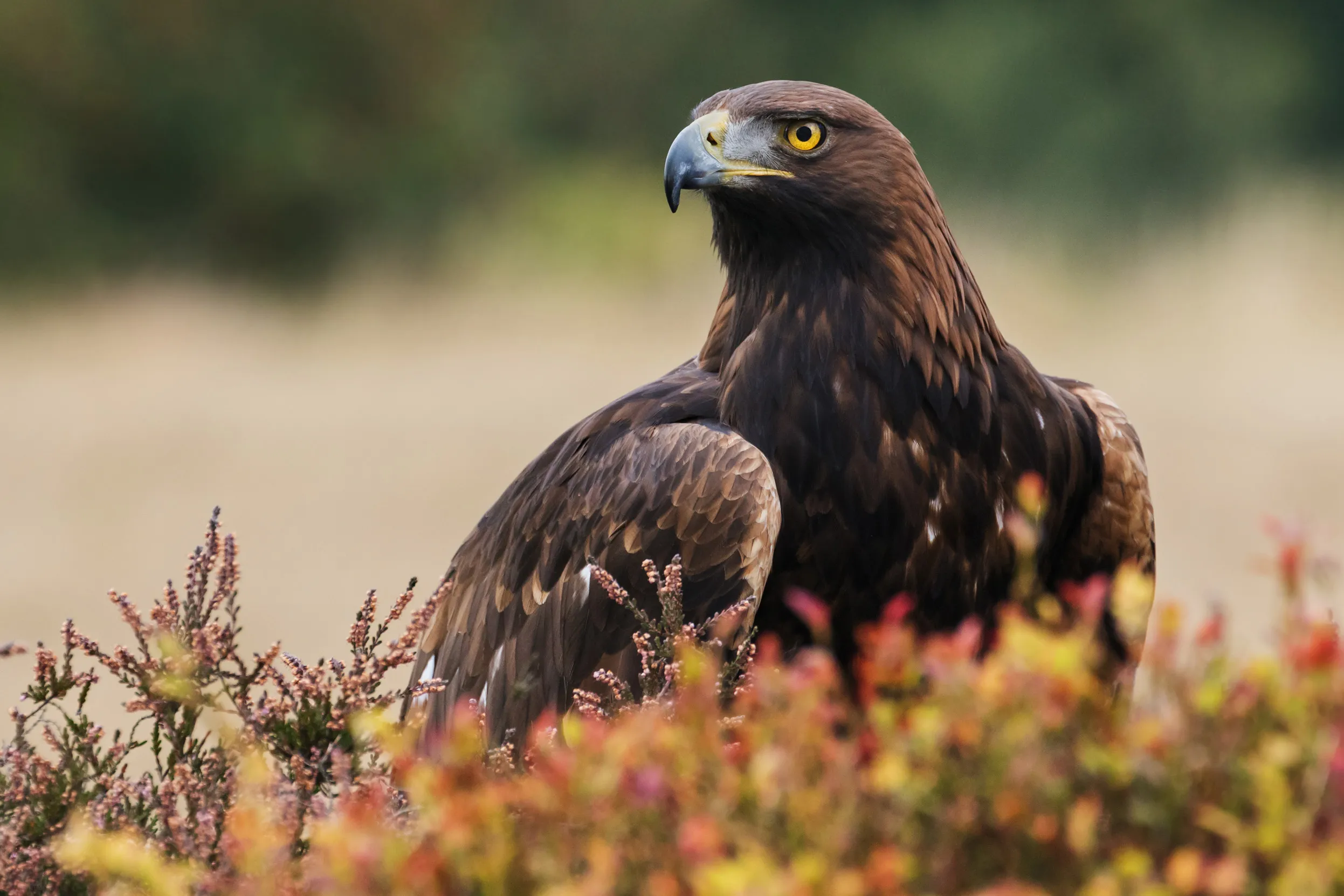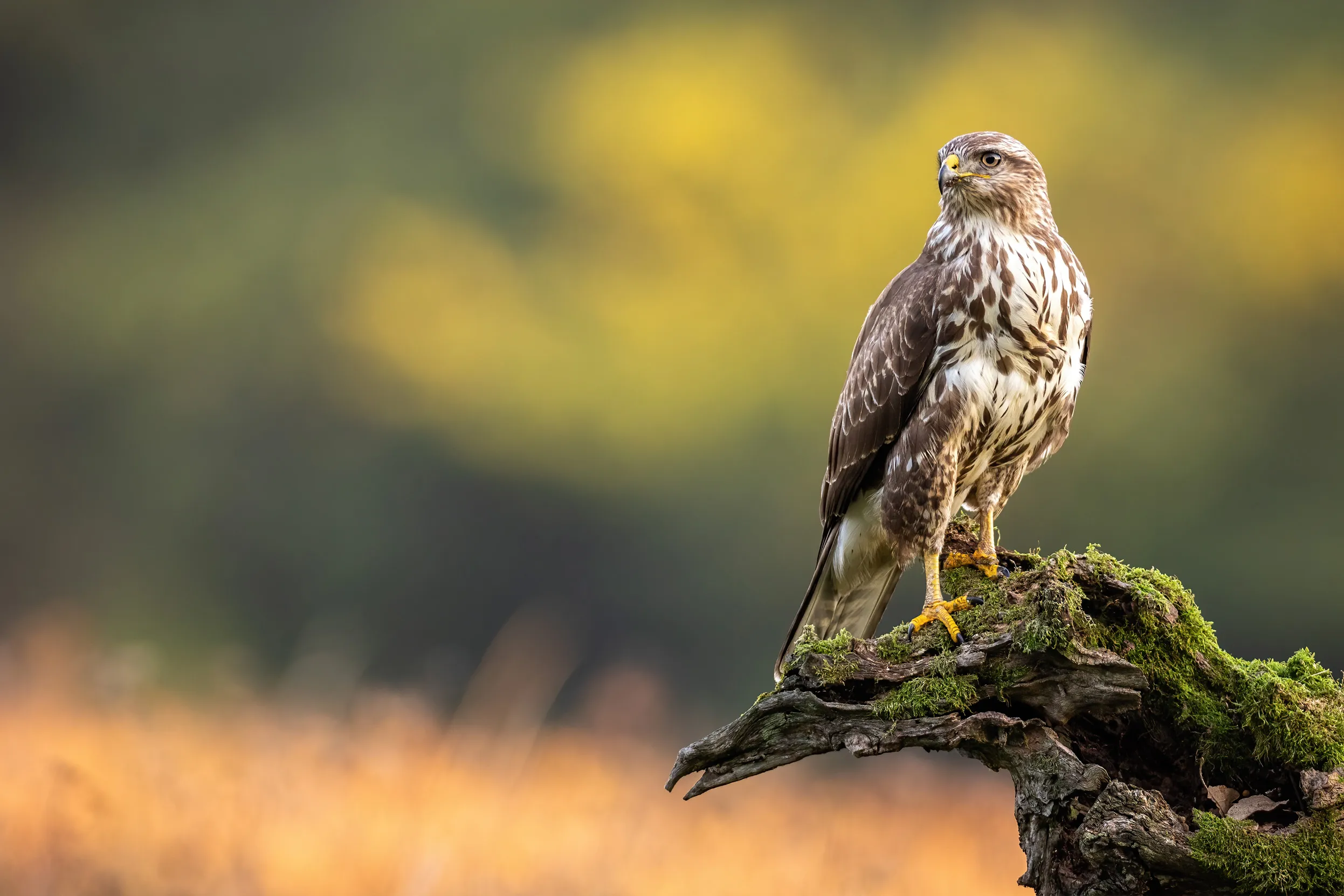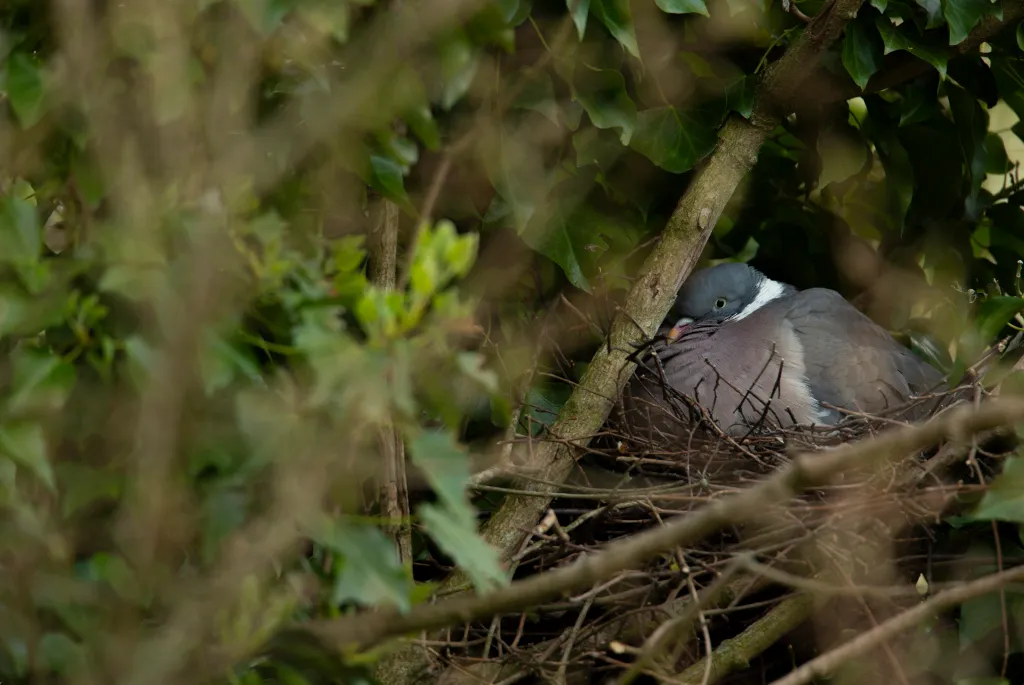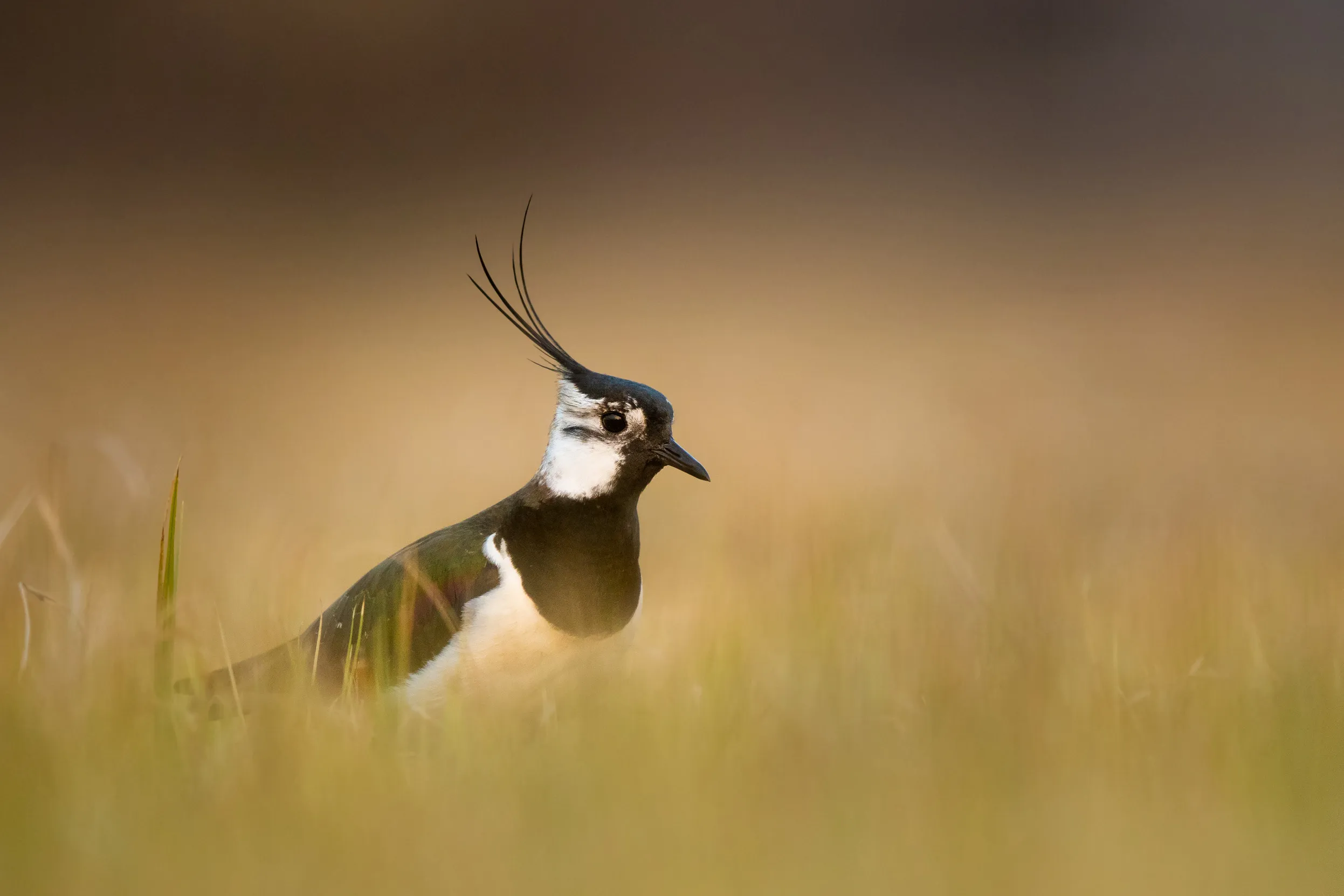
Birds of prey are being shot, trapped and poisoned across the UK. Give a regular gift and help keep them in our skies.
Learn about the main law that protects wild birds in the UK. How the Wildlife & Countryside Act 1981 protects birds

This act offers protection to wild birds, their eggs and nests in England, Scotland and Wales. Note that certain parts of the Act apply differently to Scotland. Follow this link to find out more. Generally, subject to certain exceptions, it makes it illegal to do any of the following:
Intentionally or recklessly disturb any wild bird listed on Schedule 1 while it is nest building, or at a nest containing eggs or young, or disturb the dependent young of such a bird. To find out more about schedules, follow this link.
To intentionally or recklessly disturb Capercaillie at their leks in Scotland.
Apart from Scotland, game birds are mainly covered by the Game Acts, which fully protect them during the closed (breeding) season.

In Northern Ireland birds are protected under the Wildlife (Northern Ireland) Order 1985. For further information please follow this link.
It is illegal to disturb Schedule 1 species when actively nesting or with dependent young, but disturbance of any nesting bird should be avoided at all costs. Maintenance works, such as hedge trimming, and building work should ideally be completed outside of the main nesting season during autumn and winter to avoid disturbance. Thorough checks should be made prior to any work carried out during the nesting season to ensure there are no birds present at the time.

Unless specifically allowed under the Act, or appropriately licensed, it is illegal to sell, offer for sale, possess, or transport for sale or exchange any live or dead wild birds or their eggs. Exceptions include:
Note that sales and commercial use of most birds of prey, owls and a few other species are also covered by additional legislation relating to the Convention on International Trade in Endangered Species of Wild Fauna and Flora (CITES). General Licences refer to this where relevant.

It is illegal to show at any competition, or in premises in which a competition is being held, any live wild birds unless listed on Schedule 3, Part I and which are captive bred and ringed in accordance with the regulations or covered by a General Licence (see Licences).
Section 5 of the WCA 1981 prohibits the use of certain methods of killing or taking wild birds in England, Scotland and Wales, and under the Wildlife Northern Ireland Order 1985 Part 2(6). These include the use of illegal traps, poisons, particular decoy methods and the use of certain weapons. It is also against the law to cause or permit such methods to be used.
It is legal to keep native birds in captivity if they have been bred in captivity from lawfully captive parents, but the responsibility rests with the owner to prove this if challenged. Additionally, some species listed on Schedule 4 of the Act have to be ringed and registered with Defra (see Schedules).
It is illegal to keep any bird, excluding poultry, in a cage or other enclosure which is not large enough to allow the bird to stretch its wings freely. Exceptions to this are if the bird is undergoing veterinary treatment, is being transported, or is being exhibited. In the case of exhibition, the bird should not be confined in this way for more than 72 hours.

The most notable exceptions to the Wildlife and Countryside Act include:
Licences may be issued by the government to specific persons for specific reasons, for example to a bird ringer to allow the catching of birds for scientific study, or they may be general licences which are issued countrywide.
Licences may be issued by the government, to permit an otherwise illegal act for the following purposes:

Among the most widely used General Licences are the ones which permit, subject to conditions, the following acts:
For a full list of General Licences, please follow the links to the Natural England, Nature Scot, Natural Resources Wales and DAERA websites.

Birds of prey are being shot, trapped and poisoned across the UK. Give a regular gift and help keep them in our skies.